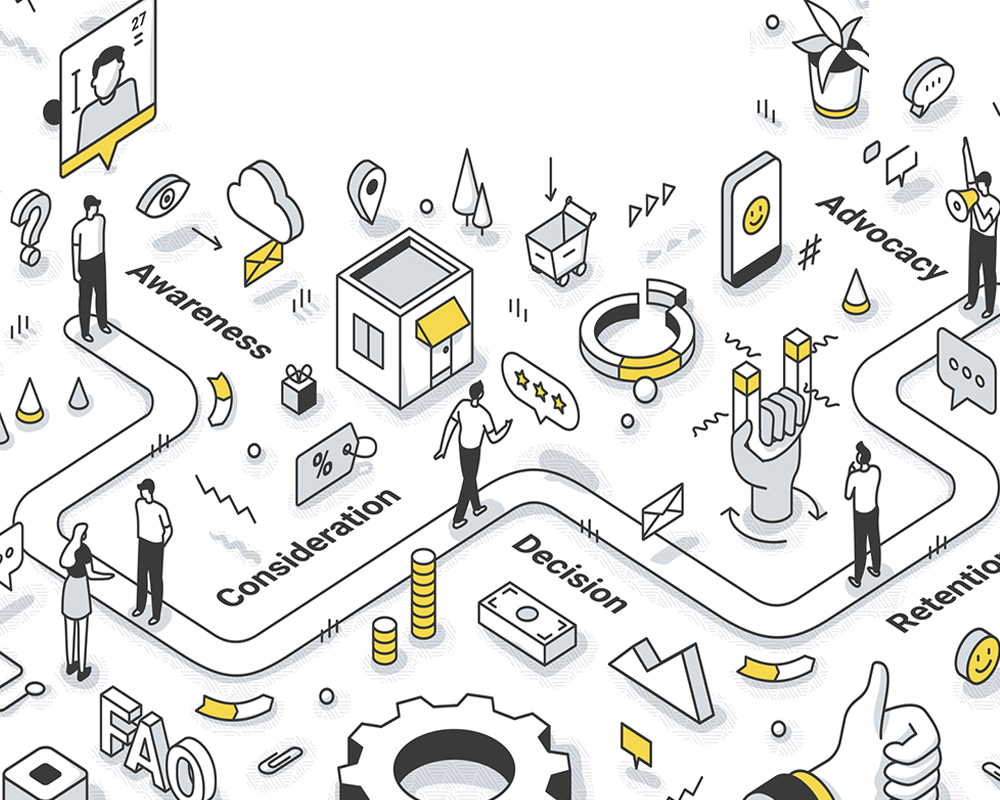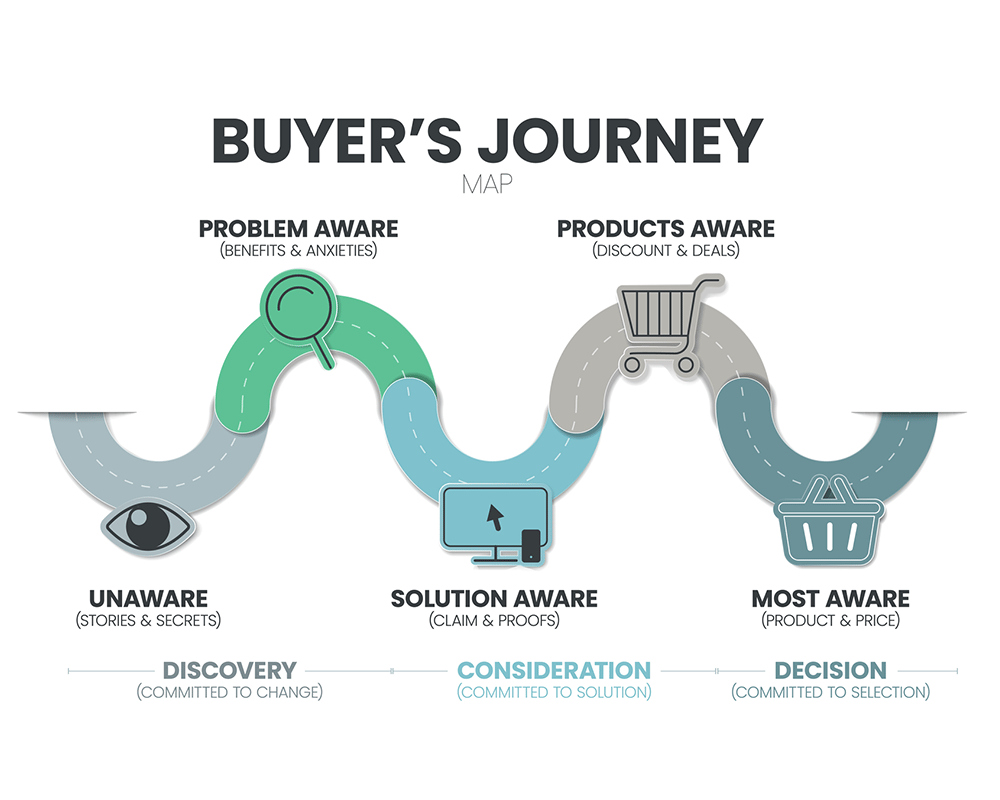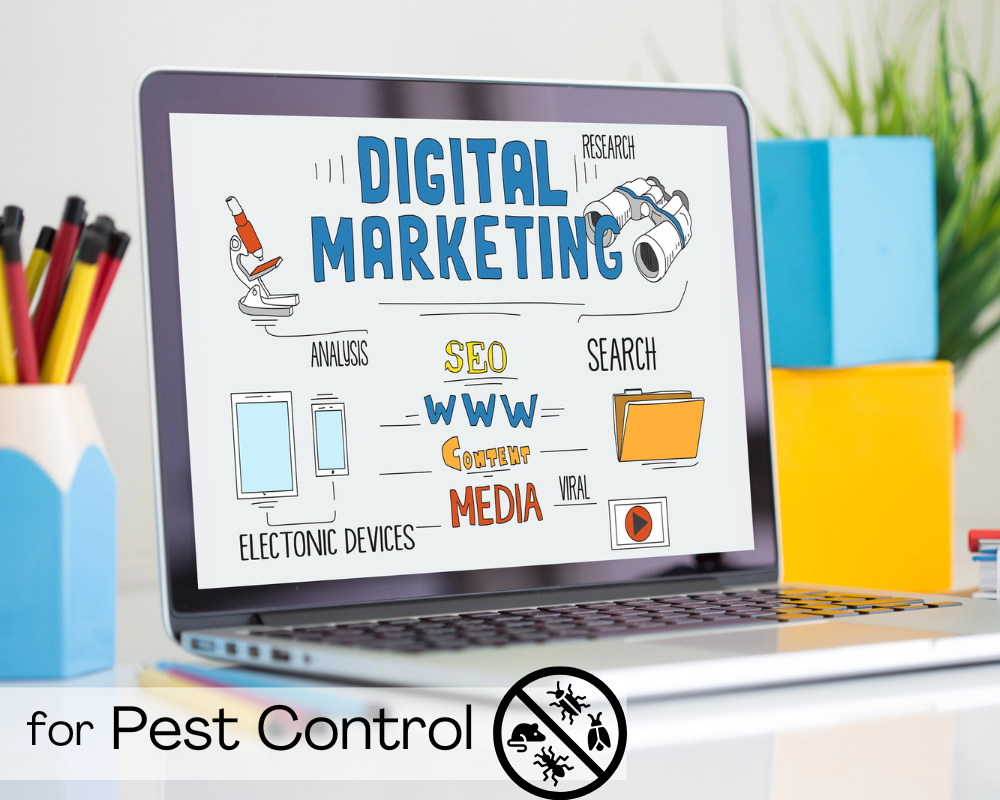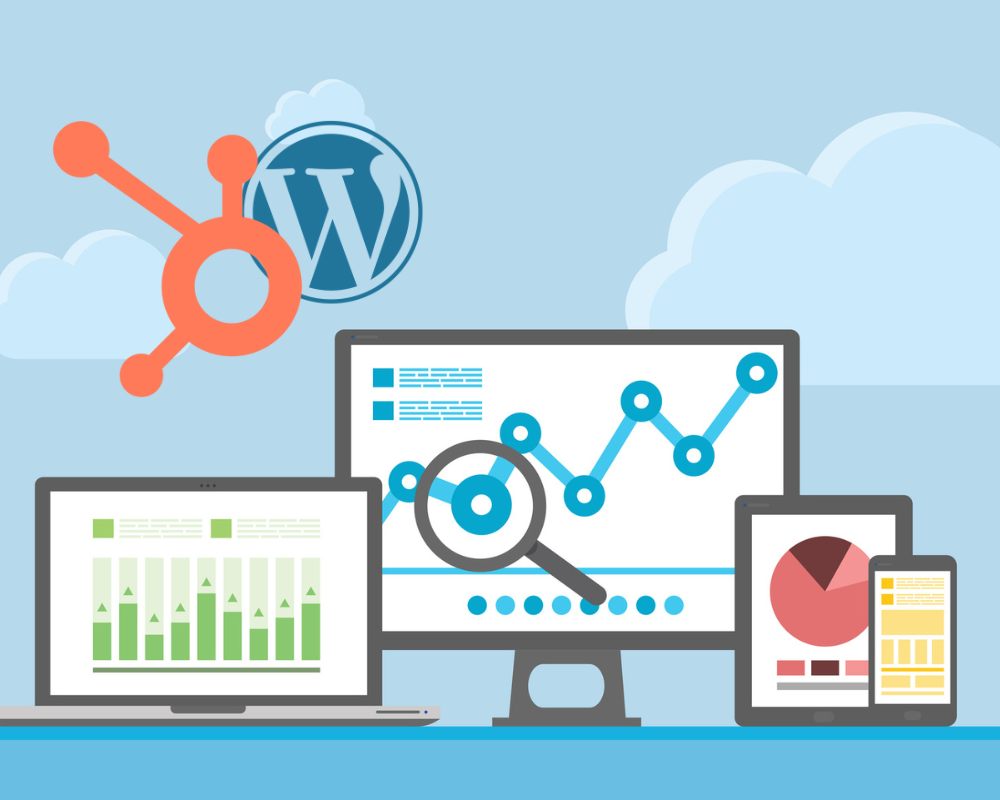What is a Customer Journey, and Why Does it Matter?

We hear it all the time … just what is a Customer Journey and why does it matter? It’s a term used to describe the process or path a consumer takes to buy your product or service. And it matters because without buyers you won’t have a business.
But, of course, there’s a bit more to it than that simple answer.
The customer's journey is also sometimes referred to as the buyer's journey. It includes everything that a consumer goes through from the moment they first become aware of a product or service to the point where they make a purchase decision.
When you understand the customer journey and can identify the stages for your own business, you can then develop and implement effective marketing strategies that drive sales and increase customer loyalty.
Stages of the Customer Journey
The customer journey can be broken down into several stages. It’s critical to understand each stage in order to effectively target and engage your potential customers.

Awareness
In this stage, the customer becomes aware of a problem or need they have. This could be a desire for a new pair of shoes, a need for a new computer, or a legal problem they need help addressing.
The customer is aware of the problem at this stage, but they may not yet be aware of any specific solutions or products that could meet their need.
Example: A customer may be scrolling through Instagram and see an ad for a shoe brand they’ve never heard of before.
Consideration
In this stage, the customer begins to research possible solutions to their problem or need and considers options to solve it. They may search online, look at product reviews, compare prices, and read articles about the product or service.
Example: The customer may do an online search for the shoe brand they saw on Instagram and read reviews from other customers.
Decision
In this final stage, the customer has identified a solution that they believe will meet their need and are ready to make a purchase. They may still look around to compare prices, look for discounts, and make a final decision on where to purchase the product.
Example: The customer may visit the shoe brand’s website, compare prices to other brands, and decide to make a purchase.
The length of the customer journey can vary depending on the complexity and cost of the product or service. For example, the customer journey for our shoes example may be relatively short, while the customer journey for a car or a house may take much longer.
It’s important to understand the length of each stage of the customer journey for your specific product or service, as it can impact your marketing strategies and sales projections.
Digital Marketing Examples for Each of the Stages of the Customer Journey
Here are some examples of how you can use digital marketing to target customers at each stage of the customer journey:
Awareness — In the awareness stage, you can use social media ads, display ads, and inbound marketing to reach potential customers. For example, a shoe brand may use Instagram ads to target customers who have shown an interest in fashion and lifestyle content.
Consideration — To target customers in the consideration stage, you can create content that helps them make an informed decision. For example, a shoe brand may create blog posts that compare the features of their shoes to other brands, or they may create product review videos that showcase the benefits of their shoes.
Decision — In the decision stage, you can use retargeting ads and email marketing to stay in touch with someone who expressed an interest but who hasn’t yet made a purchase. You can also consider discounts or bonus incentives to encourage customers to make a purchase. For example, a shoe brand may offer a discount code to customers who have added items to their cart but have not yet made a purchase.
Why the Customer Journey Matters
The customer journey matters because it can be used to make better business decisions around sales, marketing, and the relationships you build with your customers. The knowledge and insights you gain from understanding the customer journey that your customers go through can make a significant difference to your business success.
For example, understanding your customer journey can impact your business by helping you do the following:
- Develop effective marketing strategies. By understanding the stages of the customer journey, you can create targeted marketing strategies that meet customers where they are.
For example, you can create ads that target customers in the awareness stage, such as Instagram ads or display ads. You can create content for customers in the consideration stage, such as product reviews or blog posts. And you can offer discounts or incentives for customers in the decision stage. - Improve customer experience. By understanding the customer journey, you can create a seamless customer experience that guides customers through each stage of the journey. This can include creating a website that is easy to navigate, offering customer support at each stage of the journey, and providing a smooth checkout process.
- Increase customer loyalty. When you understand the customer journey, you can create a positive customer experience that leads to customer loyalty. By offering personalized recommendations and understanding your customers’ needs, you can build strong relationships with your customers that lead to repeat purchases and referrals.
Putting the Customer Journey to Work for You
The customer journey is a critical component of digital marketing. When you map out and understand the customer journey for your own products and services, you can develop targeted, highly effective sales and marketing strategies that meet customers where they are, improve the customer experience, and increase customer loyalty.
One way to effectively understand the customer journey is to create buyer personas or buyer profiles, which are fictional representations of the ideal customer based on research and data. Buyer personas can help you better understand your customers’ needs, behaviors, and preferences. You can then use your buyer personas to inform marketing strategies and improve the customer experience.
Additionally, you can use data and analytics to track and map customer behavior throughout the customer journey. This can include tracking website traffic, email open rates, and conversion rates, among other metrics.
For more help, check out our guide to inbound marketing. Or get in touch with the WorldLight Media team to talk more in-depth about how to put your customer journey to work for you and how it can help you take your business to the next level.
Call us at (559) 9-DESIGN, or you can click here to use our convenient online form to ask for more information.
Either way, we look forward to connecting with you soon.







